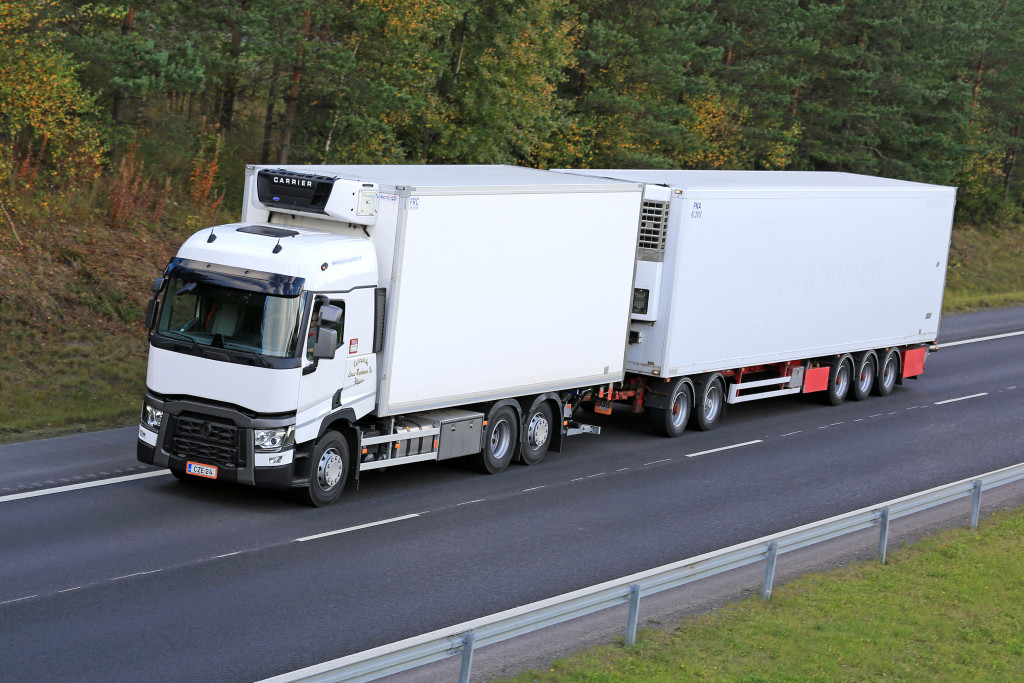Maintaining an accurate record of your company’s fuel usage is essential for making sound strategic decisions regarding logistics. By tracking your fuel consumption, you can identify areas where you may be able to reduce costs and improve efficiency. In this article, we will discuss five tips for effectively keeping track of your fuel usage.
1. Use Smart Fleet Solutions
Tracking fuel usage is vital for a logistics company. Smart fleet solutions can help you with everything about fuel usage and spending. By installing GPS tracking devices on your vehicles, you can get real-time data on their location and how much fuel they’re using. This information can help you optimize your routes and ensure that your drivers follow the most efficient path possible. In addition, smart fleet solutions can also help you monitor your vehicles for maintenance issues impacting their fuel efficiency.
2. Monitor Fuel Prices
Fuel prices can fluctuate rapidly, and even a small change can impact your bottom line. That’s why monitoring fuel prices closely and adjusting your operations accordingly is essential.
There are a few different ways to do this. First, you can get alerts from your local gas station or online fuel price monitoring services. This way, you’ll always be aware of the latest prices and can adjust your operations accordingly.
Another way to keep track of fuel prices is to use software that tracks fuel usage for you. This can be a great way to identify areas where you may be able to save money. By understanding your fuel usage patterns, you can make changes that can help reduce your overall costs.
Finally, it’s also a good idea to stay up-to-date on industry news. This way, you’ll be aware of any changes in the market that could impact fuel prices. By keeping tabs on the latest news, you can be sure that you’re always getting the best price for your fuel.
3. Use Fuel Cards
Fuel cards are a great way to keep track of your fuel usage and ensure you’re getting the best possible price. Using a fuel card, you can get discounts at gas stations, earn points for future purchases, and track your spending. Fuel cards can also help you manage your cash flow by allowing you to pay for fuel in installments. Now is the time to start if you’re not already using a fuel card for your business. Fuel cards are a great way to save money on fuel costs and help you keep track of your spending.

4. Calculate Fuel Usage
Not only do you need to know how much fuel you’re using, but you also need to calculate the fuel cost so you can budget accordingly. Fortunately, there are a few easy ways to calculate fuel usage.
The first step is determining how many miles your vehicles will travel. This can be done by looking at your shipping routes and estimating the mileage for each trip. Once you have the total mileage, you can multiply it by the number of vehicles in your fleet. This will give you an estimate of the total miles your fleet will travel in a given time.
Next, you need to determine the average fuel efficiency of your vehicles. This can be done by taking the mileage from your last fill-up and dividing it by the number of gallons used. Once you have the average fuel efficiency, you can multiply it by the total miles your fleet will travel to get an estimate of the total gallons of fuel required. Finally, you can multiply the total gallons of fuel by the current price per gallon to calculate the estimated fuel cost for your business.
5. Compare Fuel Usage
One common approach is to compare fuel usage per mile traveled. This can help determine which routes are the most efficient, and it can also help you identify potential areas for improvement. Another option is to compare fuel usage per ton of freight carried. This approach can be useful in assessing your company’s overall energy efficiency. It can also help you identify opportunities to reduce emissions by investing in more fuel-efficient vehicles or using alternative fuels.
By following these tips, you can effectively keep track of your company’s fuel usage and make changes to improve your bottom line. Implementing a smart fleet management system is the first step in tracking your fuel consumption. You can make strategic decisions to reduce your costs by monitoring driver behavior and fuel prices. Finally, you can create a roadmap for improving your logistics operations by setting goals for reducing fuel consumption.

